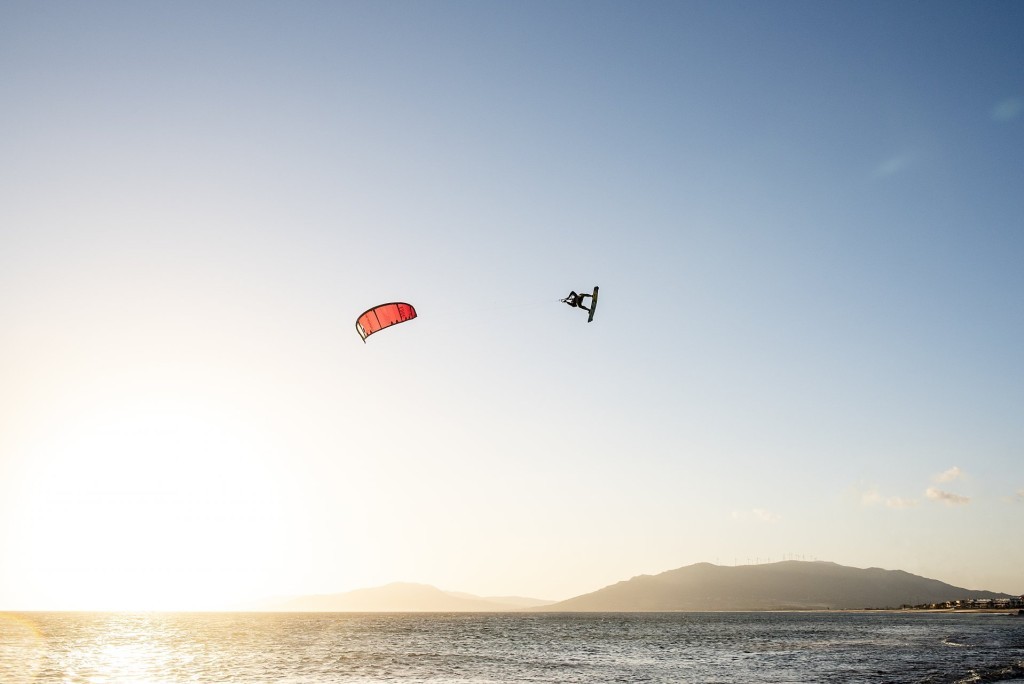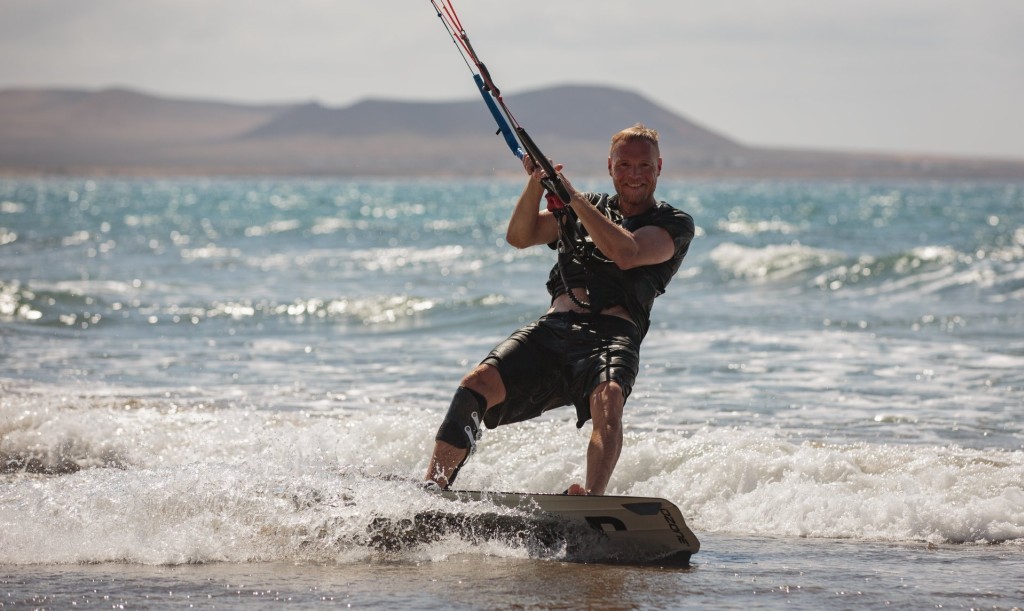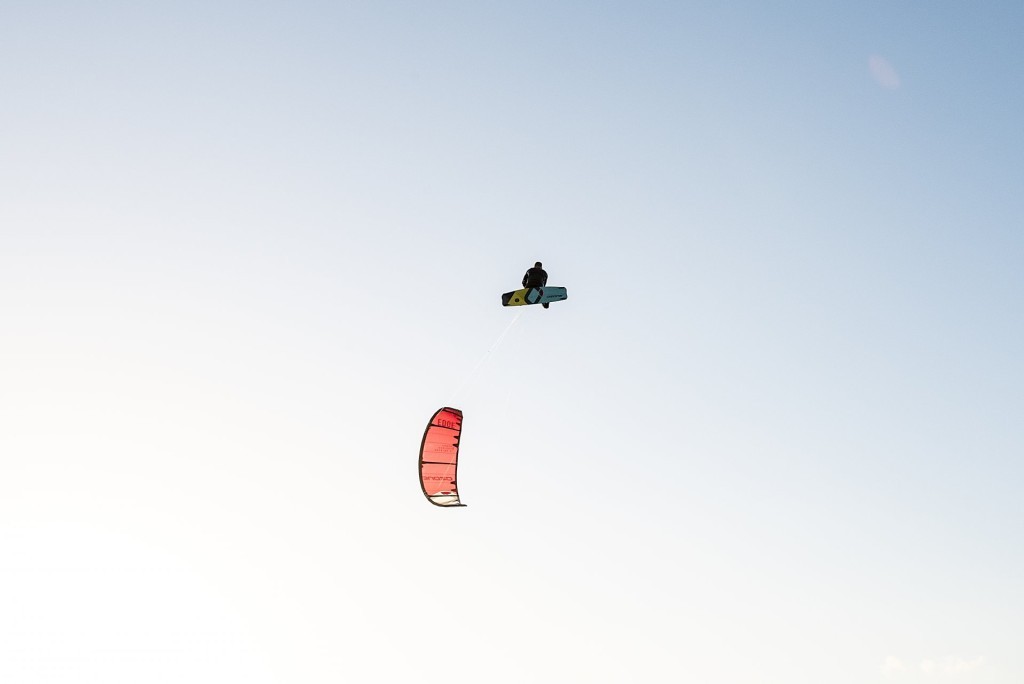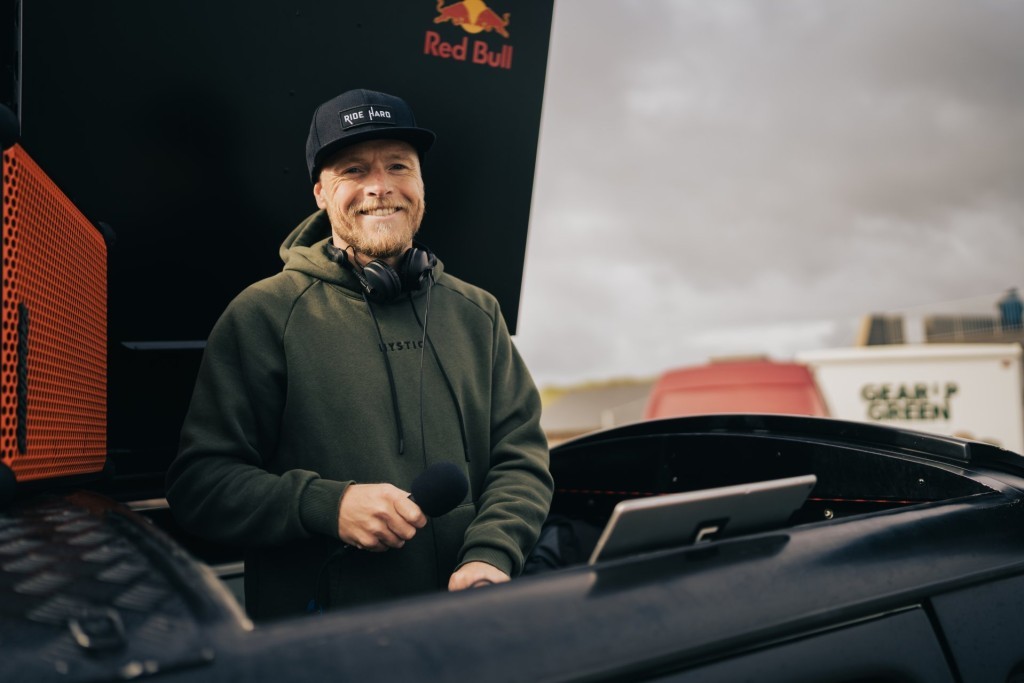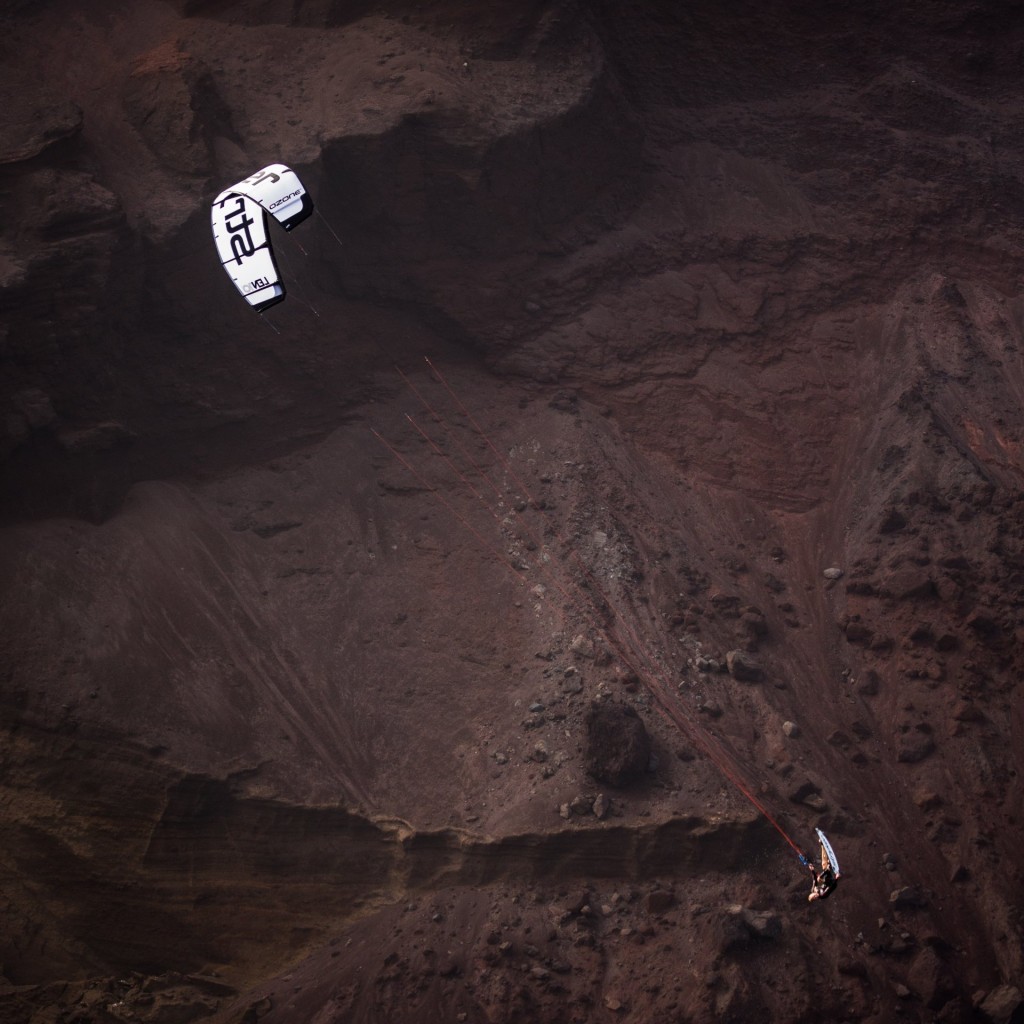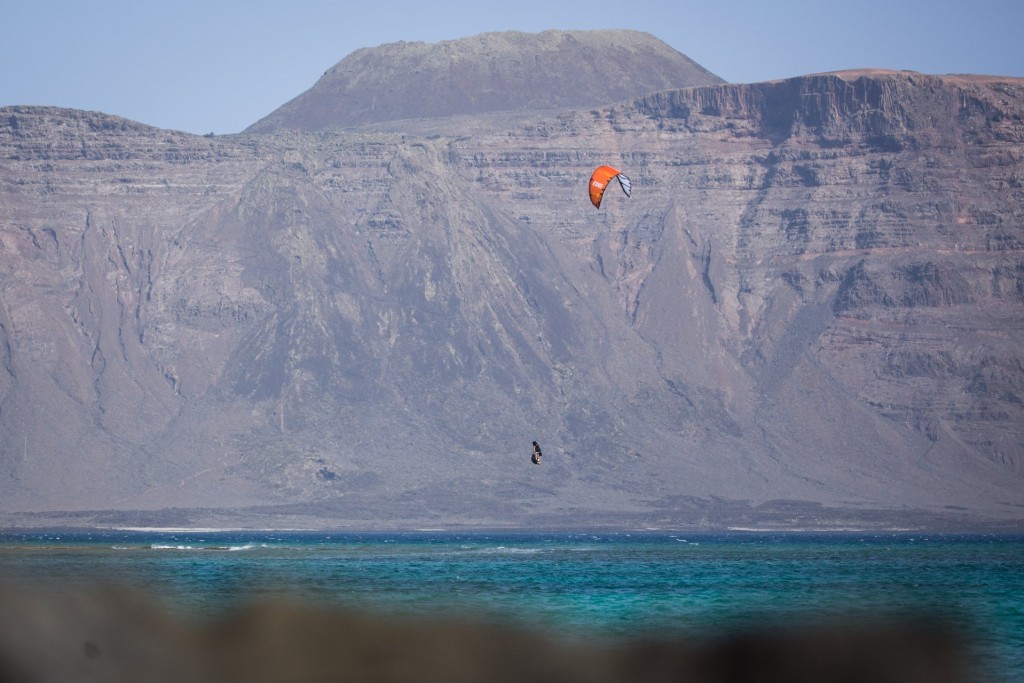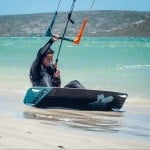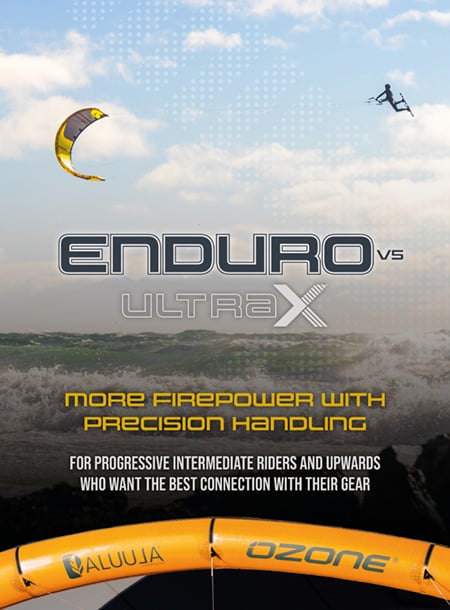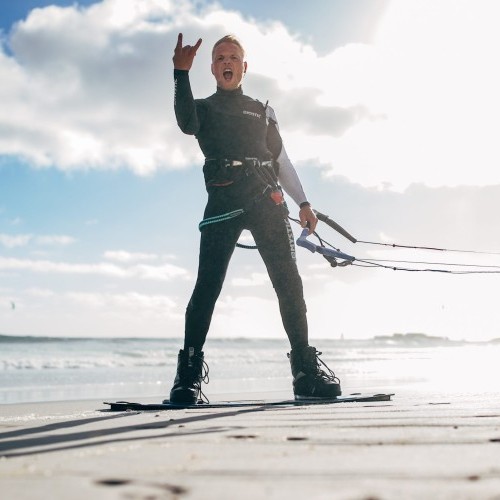
Risk vs. Reward : Interview with Ruben Lenten
Features / Fri 18th Mar, 2022 @ 12:00 pm
LEN10: A name that has been essential in developing the sport of big air kiteboarding as we know it – Ruben Lenten is truly a legend. In the latest issue of IKSURFMAG, we took a deep dive into risk vs. reward. Is the satisfaction of a session worth the risks of kiteboarding, especially at a professional level? Well, who better to ask than Ruben Lenten! Get some insights into his approach to being an extreme athlete in this exclusive interview!
Ruben, you are one of the biggest legends in kitesurfing and have done a lot to drive the development of extreme big air. Naturally, being at the top in kitesurfing exposes you to some significant risk. Is this something you’re always aware of? Is risk of injury something you’ve accepted in your career?
Thank you. Great question. No risk no story, one of my slogans. Kiteboarding at a high level definitely comes with significant risks, which we accept. If we always think them through, I doubt it. Risk is something that grows on you, you become more aware of it as more things happen or if there’s more on the line to lose. These can be injuries, sponsor deals, competitions or family for example. You’ll start becoming more aware of your goals and that’s when you weigh out risk vs. reward more often. That’s why young riders are often taking more risks as they aren’t thinking about what can go wrong and what it will cost. So they tend to have less reason and fear to assess risk vs reward in the first place. Now in my career I am very aware of what my goals are and what I can do to achieve those safer and more efficiently.
You’ve had a handful of injuries in your kiting career, but your 2019 injury was gnarly. Was this the worst injury you’ve had?
Throughout the years I definitely had my fair share of injuries. Broke and dislocated my left arm whilst snowboarding when I was 11. Dislocated my knee cap wake boarding when I was 14. Then with kiting anywhere from stretched ankle ligaments, bone bruising in my ankle, knee and shoulder to some severe cuts. The last one however, shattering my right ankle into more than twenty pieces was definitely the gnarliest. It took me 2 years and 3 surgeries to get back to my kiteboard. Still here, rocking my career and frothing to send it. Megalooping till the day I die!
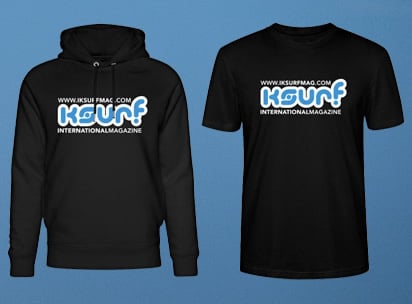
Win a T-Shirt and Hoodie this issue in our FREE subscriber prize draw.
The recovery process has been a long one; can you tell us a bit about it? Do you put as much focus and drive into re-training your body as you would into training for a big kite competition?
Recovering from this ankle injury was a massive challenge and sometimes still is. The accident happened on the first day of the start of an epic journey. I had lined up some great sponsors to embark on some great adventures to shoot content. So instead of realising those dreams I found myself in the hospital needing an external fixator for ten days to let the swelling go down so they could operate on me. Already from the first scans we could see that my ankle was in many many pieces but also my cartilage had almost completely ripped off. During the second surgery they tried to align and restructure my joint as good as possible, using 3 Stryker implants/plates and 15 screws. The doc said it would be a long road ahead and that he was uncertain if my ankle would work without pain. The realisation kicked in when I tried to move my ankle for the first time as it was hardly moving 1 millimetre. I did what I could with keeping the rest of my body fit and rehabbing at the physio but the pain just wouldn’t go away. In the meantime I had a 3000,- Euro ankle brace made by the Dutch Military Rehab Centre, which would take all the impact from my ankle. It’s called a defence off-loading brace often used as last solution before fusing or amputating the ankle. Even with this brace I was experiencing too much pain as I had worn through 1cm of bone due to having no cartilage. Bone on bone, no fun…
This left me with one solution and that was an ankle arthrodesis surgery, fusing my talus and tibia with another plate. The benefit would be to not have any pain because of the bone on bone, the downside however is that the movement in my ankle would drastically decrease. Running and jumping wouldn’t be possible anymore, kiting? That was the question. Obviously it was going to be different, however I was determined to get back to my kiteboard. I made the change from riding in boots to riding with straps as it gave me more freedom to fit in a brace. The brace helps to take the impact from my ankle so I can take some harder landings. It definitely took a few sessions to get used to riding with straps and riding with the brace. Whilst coming to terms with the fact that this was my new normal. With over twenty years of muscle and move memory it was hard to adjust my riding to be able to take-off and land properly again. Let alone pushing it in some more extreme conditions, when I am in my element was a hard reality to be different. Nonetheless, beyond grateful to walk again, being able to take care of my family and of course happy with every splash of water in my face when I catch some wind. Physically and mentally a huge challenge but nothing can stop me.
Now that you’re back on the water, do you ride with a fear of re-injury? Does it affect what you do on the water, or the risks you take?
Of course it is in my mind and there is some fear. I just try to use this to grow my awareness to be safe. Also when you realise where the fear is coming from you can break through it more easily. Really identifying what you’re scared of and moving past it helps a lot. I also know exactly what went wrong during my crash so I know what to be careful with.

Win a T-Shirt and Hoodie this issue in our FREE subscriber prize draw.
Has your perception changed after the injury, or as you’ve gotten older and your life and priorities have changed?
Definitely, we are two years down the line and the sport is evolving rapidly. There is no way I am going to show the new generation what’s up. I have created a foundation for them with extreme big air kiteboarding moves, competitions and sponsorships. Now it’s time for me to focus on the next big thing which I enjoy creating for the love of the sport, the community, my family and myself. I keep dreaming and working hard to realise my vision.
What does an injury like that mean for your career? Your sponsors? And you personally (family, finances, mental state)?
At the moment of the crash I was at the pinnacle of my career in terms of sponsor deals and projects so it couldn’t come at a worse time really. In the course I did, iDiscover360 a deep study on human behaviour and human nature I learnt that life is about growth. Growth happens through challenge and support. A challenge is just an opportunity to grow. I learnt is that your biggest challenges also make you grow the most. Where there is a challenge there will be support. There are equal drawbacks and benefits to whatever happens. If you train your brain this way then you can focus on the benefits more easily.
So with those lessons I have conquered these massive challenges quite easily, not without a tear or frustration but definitely a whole lot less drama for my family, my sponsor and myself. It’s weird to say but this injury has many benefits.
Obviously an injury is something that is unplanned. Do you ever look back and wish it had gone differently? Or have you been able to accept the interruption in your career and life?
Like I said here before, your biggest challenges make you grow the most and looking back I’m only grateful for the challenges that have shaped me and gave me all I deeply care about. Regrets we have no use for, so why wonder and ponder what if?
You’ve been through a lot in your life, and overcome a lot of massive struggles. What methods do you use to stay strong mentally?
Realising and acknowledging that the life we live is incredible helps a lot. Whatever happens, all is fine. All days are good, some are just better. Focus only on the things you can control and don’t waste time and energy on the things you can’t control. Focusing on the benefits of everything that happens instead of the drawbacks and negative shit keeps me stoked. If it’s all in the mind, then we might as well stoke the mind. Don’t take life, yourself and others too seriously. Enjoy the ride and send it.

Win a T-Shirt and Hoodie this issue in our FREE subscriber prize draw.
Do you feel that the risk of injury is worth the reward of kitesurfing?
Of course, I’d give my life for the adventures, lessons, community and feelings kitesurfing has given me. What an incredible sport, which really enhances all areas of life.
What do you have planned for 2022?
My focus is on uniting kiters around the world through the World Kite Club. Helping to make the sport safer, more accessible and progressive. Organising some safety and progression clinics is going to be fun. Besides that I’ll rock some epic LEN10 Experiences in Brazil and Cape Town. Psyched!
We’re so inspired by the powerful words and positive attitude that Ruben Lenten exudes, even after all he has endured. We know he’ll continue to give everything he can to the growth of the sport, and keep sharing the stoke in kite communities around the world. Check out what Ruben’s been up to in the new season of On the Loose!

Win a T-Shirt and Hoodie this issue in our FREE subscriber prize draw.
Profile photo by Ydwer.
Header photo by Ludovic Franco.
Thumbnail photo by Andy Troy.
By Crystal Veness
Editor at IKSURFMAG, Crystal Veness hails from Canada but is based in South Africa. When she isn't busy kitesurfing or reporting on the latest industry news for the mag, she is kicking back somewhere at a windy kite beach or working on creative media projects.


